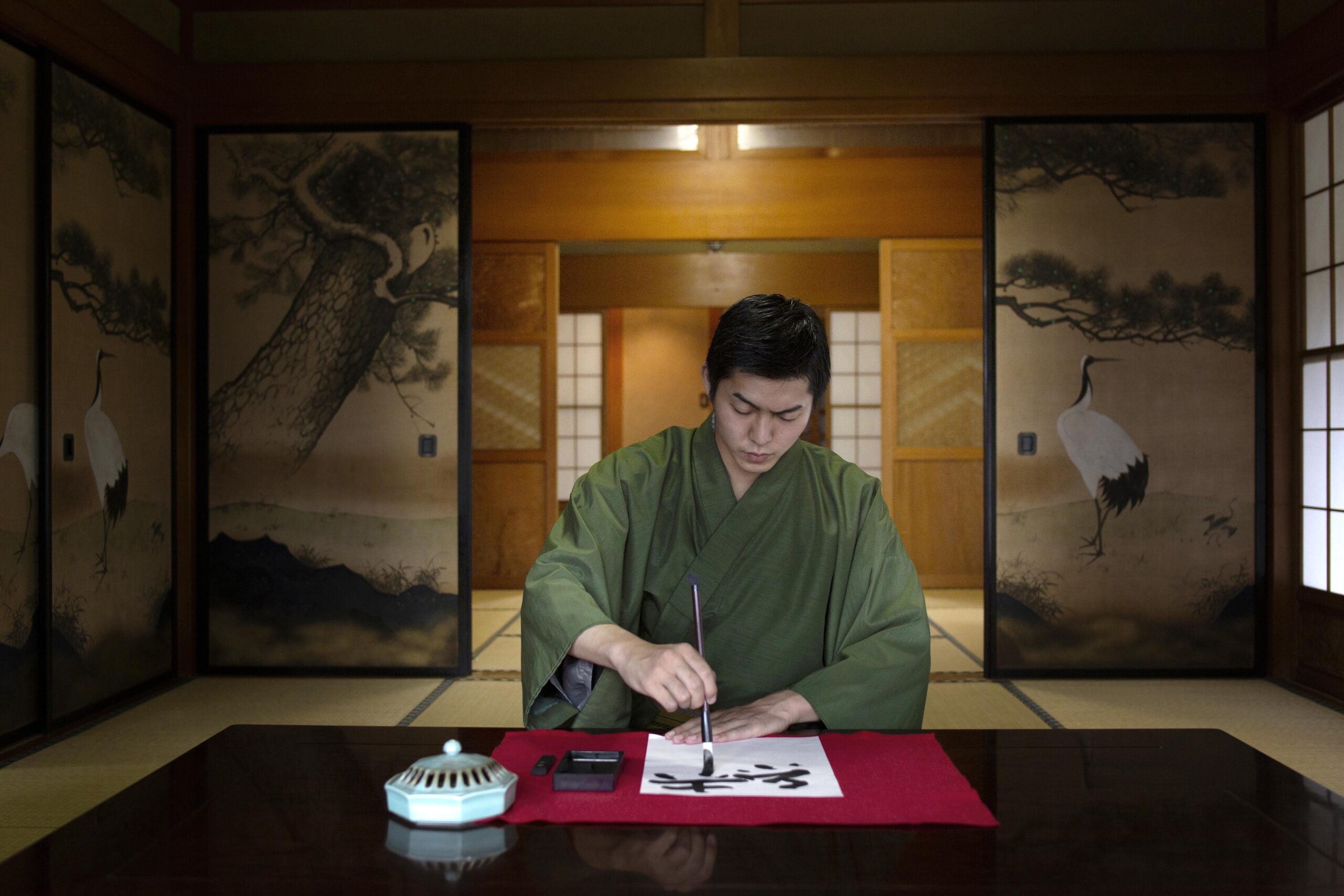Tsunaihaiya is more than just a craft; it embodies the spirit of Japanese elegance and meticulous artistry. With roots deeply embedded in tradition, this exquisite form of craftsmanship captivates the senses and tells a story of heritage, innovation, and beauty. Imagine intricate designs that reflect time-honored techniques passed down through generations. As we delve into the enchanting world of Tsunaihaiya, we’ll explore its history, artistry, cultural significance, and how it continues to evolve in modern-day Japan. Join us on this journey as we uncover what makes Tsunaihaiya a treasure in both aesthetics and tradition.
The History and Origins of Tsunaihaiya
Tsunaihaiya has deep roots in Japan’s rich cultural tapestry. Its origins trace back to the Edo period, a time when artistry flourished alongside rapid social change.
Craftsmen began to explore innovative techniques that transformed ordinary materials into extraordinary artifacts. Tsunaihaiya emerged as a blend of functionality and beauty, captivating those who encountered it.
Originally used in traditional ceremonies, these pieces embodied spiritual significance. They often adorned temples and shrines, enhancing the sacred spaces they inhabited.
As Japan opened up to global influences during the Meiji Restoration, Tsunaihaiya adapted while retaining its essence. It became synonymous with Japanese elegance—a testament to skilled artisans dedicated to their craft.
Today’s interest in this art form reflects a longing for authenticity amid modernity. The legacy of Tsunaihaiya continues to inspire new generations of creators seeking harmony between tradition and innovation.
The Art of Crafting Tsunaihaiya
The art of crafting Tsunaihaiya is a meticulous process that demands skill and passion. Artisans begin with carefully selected materials, often sourced from nature itself. Each piece tells a story through its textures and colors.
Techniques passed down through generations play a crucial role in this craft. Traditional tools are used with precision, allowing artisans to shape and mold every detail. The combination of hands-on craftsmanship and an eye for aesthetics results in unique creations.
Every step involves patience, from the initial design to the final finishing touches. There’s an inherent rhythm to the work, as if each movement respects both tradition and innovation.
Crafting Tsunaihaiya is not just about making objects; it’s about creating connections between people and their cultural heritage. This attention to detail elevates each item into something truly exceptional, cherished for years to come.
Traditional Uses and Significance of Tsunaihaiya
Tsunaihaiya embodies a rich tapestry of tradition in Japanese culture. Historically, it played a vital role in ceremonial events and daily life, showcasing the artistry of skilled craftsmen.
These exquisite pieces were often used during seasonal festivals and important gatherings. They added an air of elegance to rituals, reflecting both reverence and beauty.
In households, Tsunaihaiya items served practical purposes while being appreciated for their aesthetic charm. Tea ceremonies frequently featured intricately designed utensils made from this material, elevating the experience of serving tea.
The significance extends beyond utility; it symbolizes harmony with nature and respect for craftsmanship. Each item tells a story—a connection between artisans and their heritage that resonates deeply within Japanese society.
Today, many still honor these traditions by incorporating Tsunaihaiya into modern celebrations, ensuring its legacy continues to thrive through generations.
Modern Applications and Adaptations
Modern applications of Tsunaihaiya continue to evolve while honoring traditional techniques. Designers are now incorporating this exquisite craftsmanship into contemporary fashion. From elegant accessories to fashionable apparel, the influence is unmistakable.
Home decor has also embraced Tsunaihaiya’s charm. Artisans create stunning wall hangings and decorative items that blend old-world aesthetics with modern sensibilities. This fusion captivates both local and international audiences.
In culinary arts, chefs incorporate Tsunaihaiya in table settings, using beautifully crafted utensils that enhance dining experiences. The craftsmanship elevates even the simplest meals into a celebration of Japanese culture.
Social media showcases these adaptations, allowing creators to share their work globally. Online platforms promote collaborations between artists and brands, ensuring the spirit of Tsunaihaiya reaches wider audiences than ever before. As technology evolves, so does the potential for innovative expressions rooted in this remarkable tradition.
The Future of Tsunaihaiya in Japanese Culture
The future of Tsunaihaiya in Japanese culture holds exciting possibilities. As global interest in traditional crafts grows, so does the appreciation for this exquisite art form.
Young artisans are stepping up to revive and reinterpret techniques passed down through generations. Their fresh perspectives breathe new life into classic designs while honoring tradition.
Sustainable practices are also becoming integral to crafting Tsunaihaiya. This aligns with modern values regarding environmental consciousness, attracting a broader audience eager for eco-friendly products.
Collaborations between designers and craftsmen further enhance its appeal, merging contemporary aesthetics with time-honored methods. These partnerships create unique pieces that resonate across cultures.
Tsunaihaiya’s adaptability ensures it remains relevant within both local and international markets. Through exhibitions and digital platforms, its beauty continues to captivate enthusiasts worldwide. The journey ahead is filled with promise as elder artisans mentor the next generation in preserving this treasured legacy.
Conclusion:
Tsunaihaiya represents more than just a craft; it embodies the spirit of Japanese elegance and meticulous artistry. With roots deeply embedded in history, this exquisite handmade product showcases the skill passed down through generations. The intricate techniques used to create Tsunaihaiya reflect not only craftsmanship but also the cultural values that define Japan.
As modern society evolves, so does Tsunaihaiya. Innovative applications are emerging while still honoring traditional practices. Designers are finding ways to integrate Tsunaihaiya into contemporary lifestyles, making it accessible for new audiences while preserving its essence.
The future of Tsunaihaiya is bright as appreciation for authentic craftsmanship continues to grow globally. Enthusiasts and collectors alike can find beauty in each piece’s story—its origins, design process, and significance within Japanese culture.
Embracing Tsunaihaiya means embracing a legacy filled with elegance, respect for nature, and deep-rooted traditions. As we celebrate these timeless creations, we foster connections between past artisans and future generations who will continue this beautiful journey of art and culture.

